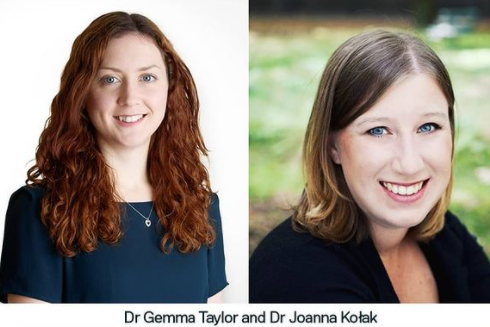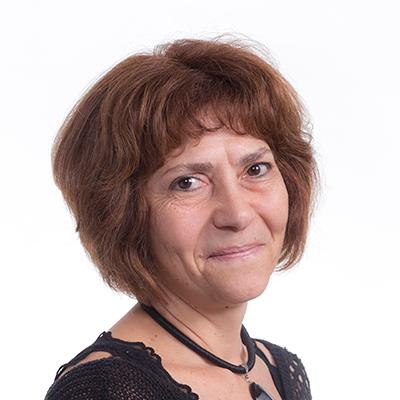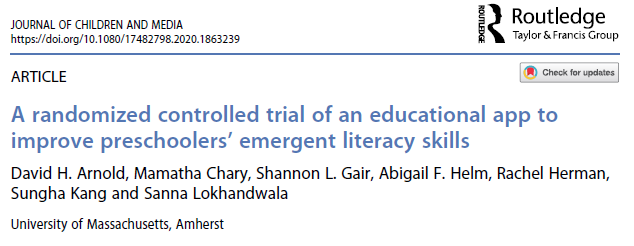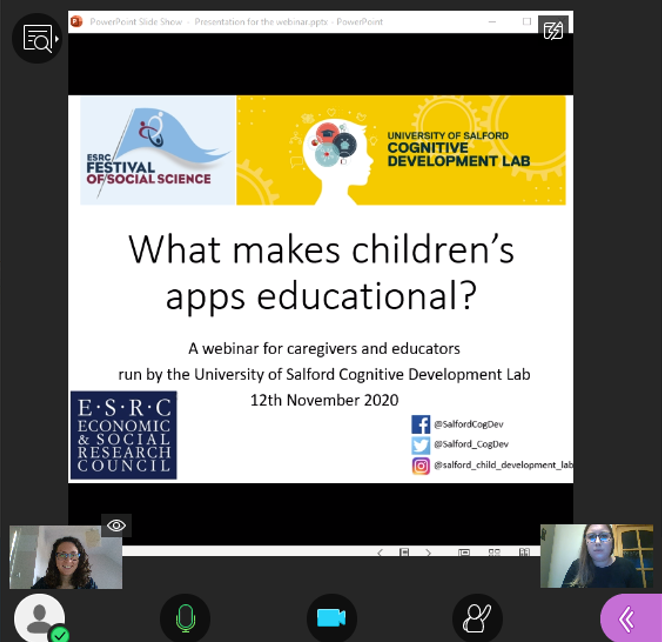What are the effects of hearing loss on the mental health of children and how to prevent them?
This article was written by Eleanor Thornton, a student from Wilmslow High School in Manchester, who did a one week work placement in Psychology Department at the University of Salford (including some work for the Salford Cognitive Development Lab) in July 2022. Eleanor is interested in how hearing loss can impact on children’s mental health.
Deafness is when a person cannot understand speech through hearing. The ear has two main functions: it helps us to balance, and it converts sounds into signals that the brain can understand. Around 11 million people across the UK suffer with hearing loss, with 50,000 of these being children. Children with hearing loss can struggle with day-to-day life. They are more likely to have academic difficulties right through to problems with aggression and anxiety. It is estimated that 5-19% of children and adolescents in the UK have an anxiety disorder. Anxiety is known for making it harder to try new things and to reach your full potential because of this. But don’t worry (ironic, isn’t it?), there are things you can do to help your deaf child flourish and reduce the impact of their impairment.
So, to start off: is there a link between hearing loss in children and anxiety? In a systematic review of 25 studies, evaluating 17,135 people with hearing loss, Shoham and collaborators searched through electronic databases, using specific criteria, to compare different studies relating hearing loss and anxiety. The researchers found that anxiety was higher in hearing impaired people in 8/10 studies compared against a hearing control group, meaning children who are deaf or hard of hearing are 80% more likely to suffer from anxiety disorders compared to their hearing friends. This review then concludes that suffering from anxiety is linked to hearing loss explicitly and the severity of the impairment is associated with the extent of anxiety. Although this situation sounds unfortunate, it was suggested that to decrease the risk of your child developing anxiety (caused by hearing loss), the easiest way was to simply reduce the impairment. This may involve different types of hearing aids or the teaching of sign language, with the second option not improving the level of hearing per se, but instead increasing the communication ability of the child (read on to see about this in more detail). This targets the social isolation of the child, as this, along with low popularity status, has been shown to predict poor mental health and wellbeing in the long-term future of the child’s life.
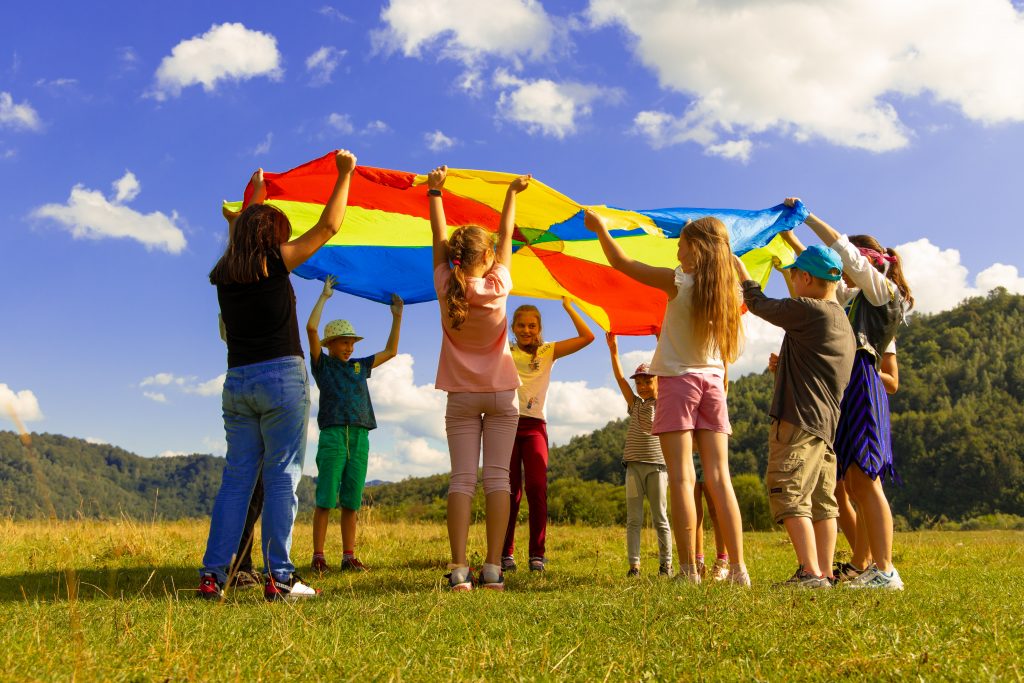
In another study, Bouldin and colleagues found that children with a hearing impairment were more likely to be exposed to peer victimisation and bullying. Linking to this, bullying has been shown to influence the development of anxiety in any child – regardless of hearing ability. While a long-term fix for this would be to address the stigma behind hearing loss, a quicker, more manageable improvement is to give the child a sense of community. This could be through joining a club or a society, and it would be even better if the child was surrounded by others, around their age, who also have hearing loss. By giving the child this sense of belonging, along with an outlet for their emotions (e.g., through exercise), you reduce the feeling of social isolation and peer victimisation, as the child is introduced to peers with similar interests.
It has been established that anxiety is also linked to language development, or rather the lack of. Netten and colleagues found that communicative abilities of deaf or hard of hearing children are lower than peers of the same age who have average hearing. Building on this, a study by Stevenson and colleagues found that deaf or hard of hearing children who had poor language and reading skills in childhood were more at risk of developing emotional and/or behavioural difficulties compared to their hearing peers. Both studies found a link between social functioning (language and communication ability) and behavioural problems. As well as this, a critical period of the first five years of life was found by Murray and colleagues. Deaf children are at risk of language deprivation at this age, but a positive is that natural signed languages have the same developmental benefits as spoken language. So, a way to reduce the likelihood of your child developing anxiety would be to teach them sign language while also becoming fluent in it yourself. This allows a fully accessible language that enables your child to communicate their emotions effectively – reducing social isolation if we were to go back to the earlier point.
So, to summarise: the take-home tips!
- Improve the hearing as much as possible – this could be through the use of hearing devices or undergoing surgery to improve the functioning of your ears (Note: please always follow the advice of your specialists to ensure this is the best option for your child)
- Improve communication between you and your child – this could be through learning sign language together. Make it a bonding experience by having a joint goal to work towards together!
- Give them a sense of community – encourage them to try something new: perhaps, they could join a new club related to a favourite hobby or have a go at a new sport they’ve never tried before. The key here is finding something they love and makes them excited!
- Make friends – this links to the previous point but encourage a positive social life. This could be through clubs or online, too!
- For older children, allow them time on social media – e.g., live videogames where they are playing and interacting with friends without the barrier of speech are great!
Key message: The basis behind these tips is to reduce the social isolation of your child. If you can do that, or even just start to improve it, you’re well on your way to letting your child flourish!
